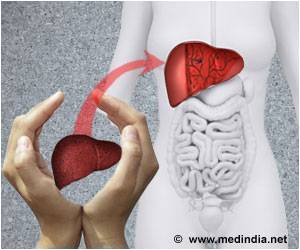For patients with end-stage liver disease, liver transplantation is the mainstay of treatment.

Investigators discovered that a human embryonic stem cell can be differentiated into a previously unknown liver progenitor cell, an early offspring of a stem cell, and produce mature and functional liver cells.
"The discovery of the novel progenitor represents a fundamental advance in this field and potentially to the liver regeneration field using cell therapy," said the study's senior author, Valerie Gouon-Evans, PharmD, PhD, Assistant Professor, in the Department of Developmental and Regenerative Biology, Black Family Stem Cell Institute, at the Icahn School of Medicine at Mount Sinai.
"Until now, liver transplantation has been the most successful treatment for people with liver failure, but we have a drastic shortage of organs. This discovery may help circumvent that problem,"
In conjunction with the laboratory of Matthew J. Evans, PhD, from the Department of Microbiology at Icahn School of Medicine at Mount Sinai, investigators demonstrated the functionality of the liver cells generated from the progenitors, as the liver cells can be infected by the hepatitis C virus, a property restricted to liver cells exclusively.
A critical discovery in this research was finding that the novel progenitor has a receptor protein on its cell surface called KDR, or vascular endothelial growth factor receptor 2, which until now, was thought to be restricted to endothelial cells that form vessels, the progenitors for endothelial cells and the progenitors blood cells.
Advertisement
Next, the research team will examine specifically whether these liver cells obtained from human embryonic stem cells in a dish help repair injured livers in preclinical animal models of liver disease.
Advertisement
Source-ANI















